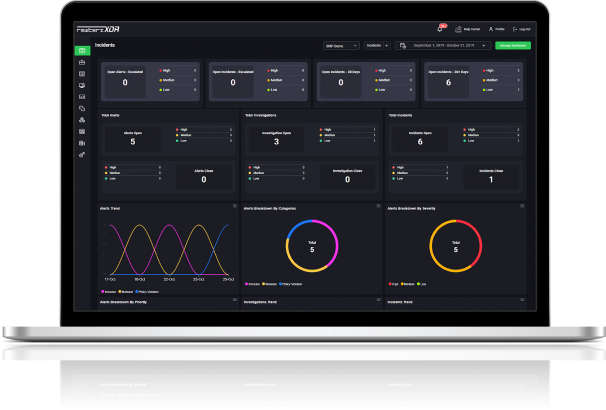

Chrome Zero-Day Exploited by TaxOff for Trinper Attack
June 18, 2025
Linux Bugs Let Attackers Gain Root Access
June 18, 2025
Chrome Zero-Day Exploited by TaxOff for Trinper Attack
June 18, 2025
Linux Bugs Let Attackers Gain Root Access
June 18, 2025Severity
High
Analysis Summary
Akira ransomware is a sophisticated cyber threat that first emerged in March 2023 and operates under a Ransomware-as-a-Service (RaaS) model. It allows affiliates to conduct ransomware attacks by encrypting and stealing data from victim organizations. The group behind Akira is believed to have ties to the defunct Conti ransomware gang, based on overlapping techniques, infrastructure, and ransom payment patterns. Akira initially targeted Windows systems with its original C++ variant, but it quickly evolved, releasing a Linux variant in April 2023 aimed at VMware ESXi systems, followed by a Rust-based version called “Megazord” and a more advanced variant known as Akira_v2.
The ransomware has been used to target various sectors including healthcare, education, manufacturing, finance, construction, and legal services. It has been particularly active in North America, Europe, and Australia. Akira’s attack methodology involves exploiting VPN vulnerabilities—particularly those lacking multi-factor authentication—and using tools like Mimikatz, LaZagne, and Advanced IP Scanner for lateral movement and credential harvesting. Once inside a network, it exfiltrates sensitive data before encrypting files using strong encryption methods like ChaCha20 and RSA. Victims are then extorted under the threat of public data leaks unless a ransom—ranging from $200,000 to several million—is paid.
As of early 2024, Akira has affected over 250 organizations and is estimated to have earned more than $42 million in ransom payments. Notable victims include Stanford University, Nissan Australia, Tietoevry, and the Toronto Zoo. Akira’s consistent evolution and aggressive targeting make it a major concern for cybersecurity professionals, emphasizing the need for strong defenses such as multi-factor authentication, timely patching, and comprehensive incident response strategies.

Impact
- Lateral Movement
- Data Exfiltration
- Credential Theft
- Financial Loss
Indicators of Compromise
MD5
145b1e3aa4cdf15b5eb443571199cb19
16b9b5e0f9f1747350ad37eff94bb82f
7189bd036bbddd4e7d849e442ddb9caa
SHA-256
2b00a02196b87445633cabde506b4387979504cf60955f0b40cf2e4da4f0fd23
2a9257c6c74e37d051f78ed5abaa620b71b27fa3604798af077256a128d911bb
2afafaf2823e9918d17cdca28648ec94e4d7eabf95b936342456a75be0a1a658
SHA1
27287891954164dbe97f6f51d2a718c05cd3bbf9
5e4a8066b7a71b06fcaffd8ee50176c858721fb1
ded8a79542421728be812dd6f340de9bac694b87
Remediation
- Block all threat indicators at your respective controls.
- Search for indicators of compromise (IOCs) in your environment utilizing your respective security controls.
- Disconnect infected devices from the internet and local networks immediately to prevent the ransomware from spreading.
- Do not pay the ransom, paying does not guarantee file recovery and may encourage further attacks.
- Use reputable antivirus or anti-malware software to detect and remove the ransomware from your system.
- Restore files from clean backups if available, ensure backups are not connected to the infected network during restoration.
- Update all software, operating systems, and firmware to their latest versions to patch known vulnerabilities.
- Implement network segmentation to limit the spread of ransomware within your organization.
- Conduct regular security audits and vulnerability assessments to identify and address potential security gaps.
- Implement strict user access controls, granting permissions based on the principle of least privilege.
- Develop and regularly update an incident response plan to effectively respond to ransomware attacks.
- Monitor network traffic for unusual activity that may indicate a ransomware infection.
- Regularly back up critical data and store backups offline or in a secure, isolated environment.








